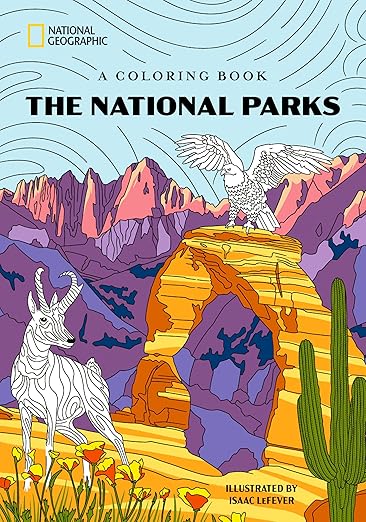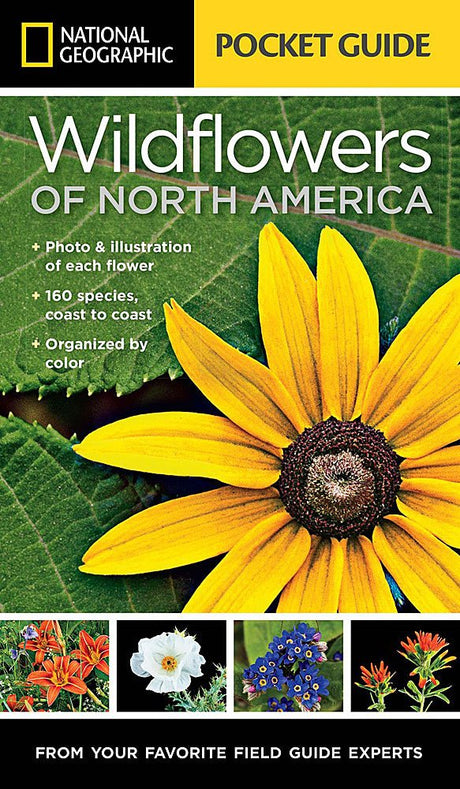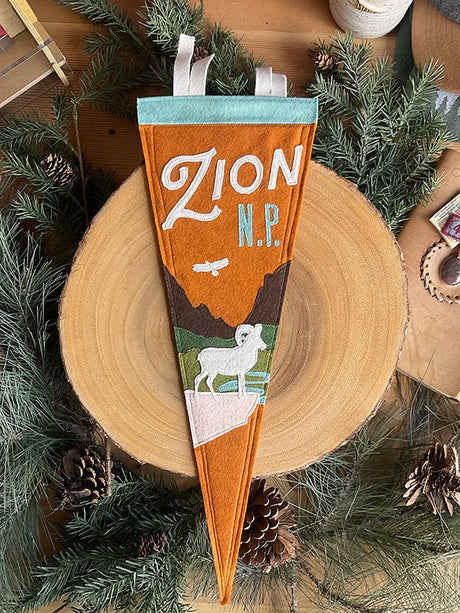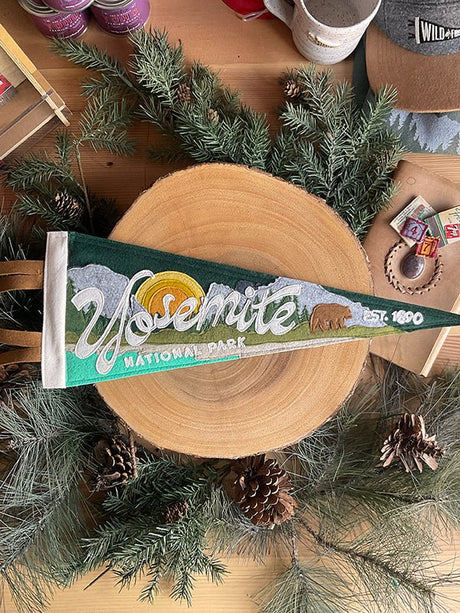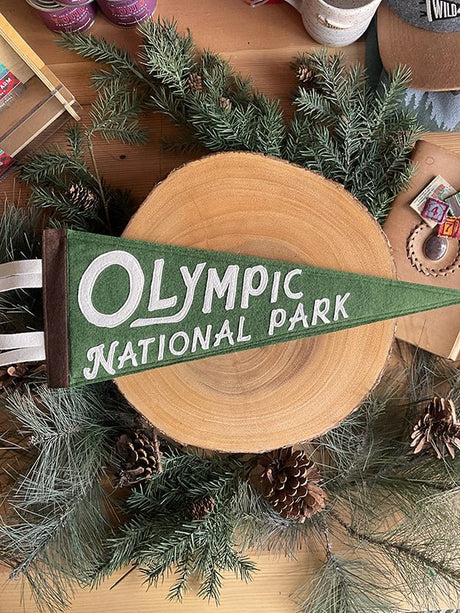Pack with confidence. Explore with joy. Leave with stories.
Visiting a national park should feel like stepping into something grand, beautiful, and timeless. But confidence? That comes from being prepared — not overpacked, not overwhelmed — just ready to enjoy the best of what the parks have to offer.
Whether it’s your first park or your fifteenth, this checklist helps you feel comfortable, capable, and grounded in your adventure. This isn’t a wilderness survival list — it’s a practical, field-tested guide for making the most of your time in the national parks.
1. Know Before You Go
- Check the official park website for alerts, hours, entrance fees, and parking or shuttle info.
- Review the weather forecast for your full visit — conditions can shift dramatically, especially at elevation.
- Download or print offline maps, including trail maps, shuttle routes, and scenic drives.
- Identify a few top highlights you want to prioritize — popular trails, lookouts, or lesser-known spots.
Tip: The National Park Service app is helpful, but don’t rely on it alone — service is limited in many parks.
2. Pack the Right Day Gear
You don’t need to carry a survival kit — just smart essentials to enjoy a full day in the park.
- Water (at least 2 liters per person — more in desert parks)
- Food and snacks (options inside parks are often limited or nonexistent)
- Sun protection (hat, sunscreen, sunglasses)
- Light jacket or extra layers (weather and temps change quickly)
- Small first aid items (bandages, meds, etc.)
- Park brochure or trail map (grab one at the entrance or visitor center)
- Hand sanitizer and bathroom basics (some restrooms are primitive or seasonal)
- Small trash bag (for wrappers, tissues, etc.)
Optional, but useful:
- Binoculars or a camera
- Cooler and picnic gear (great for longer scenic drives or lunch with a view)
3. Dress for a Full Day Outside

The best outfit is the one you forget about because it just works.
- Comfortable, closed-toe shoes — hiking boots or well-cushioned trail shoes
- Non-cotton socks to avoid blisters
- Layers you can adjust — base layer, insulating layer, wind or rain shell
- Hat and sunglasses for sun exposure
- Gloves or a beanie if you’re in high elevations or cooler seasons
Tip: Even in summer, it can be chilly in the morning at parks like Yosemite, Glacier, or Rocky Mountain.
4. Plan with Flexibility
Not every moment needs to be scheduled. Leave space for wonder.
- Start early — trails and parking areas fill fast, especially in popular parks
- Pick one or two must-do activities, then leave room to wander
- Talk to a ranger — they’ll have the most up-to-date info and may suggest alternatives
- Follow signage and stay on marked trails — not just for safety, but to protect the landscape
Tip: Don’t try to “do it all.” The most meaningful moments often come from slowing down.
5. Explore Responsibly

National parks are shared spaces — for people, wildlife, and future generations.
- Pack out all trash, including food scraps (yes, even fruit peels)
- Keep a safe distance from wildlife — at least 100 yards from bears, 25 yards from other animals
- Stick to trails and durable surfaces
- Don’t take anything — not a rock, not a flower, not an antler
- Keep noise to a minimum — let the park’s natural sounds shine
Tip: Want to go above and beyond? Pick up any trash you see — even if it’s not yours.
6. Bring the Right Mindset
The most confident explorers are the most open — to surprise, to silence, and to awe.
- Be curious — learn the stories of the land, the Indigenous history, and the unique ecology
- Be patient — with weather, traffic, crowds, and each other
- Be present — let go of the pressure to document everything, and just look around
- Be respectful — to rangers, fellow visitors, and the park itself
Tip: You don’t need to conquer the park — just connect with it.
Ready to Go?
With this checklist, you’re not just ready — you’re confident. Whether you're gazing into the Grand Canyon or walking beneath the towering trees of Redwood, you're prepared to make the most of it.
Want a printable version of this checklist? I can put one together for your daypack or dashboard.
Let me know if you’d like a short version for social sharing, or a regional-specific edition for the park you're visiting next.




